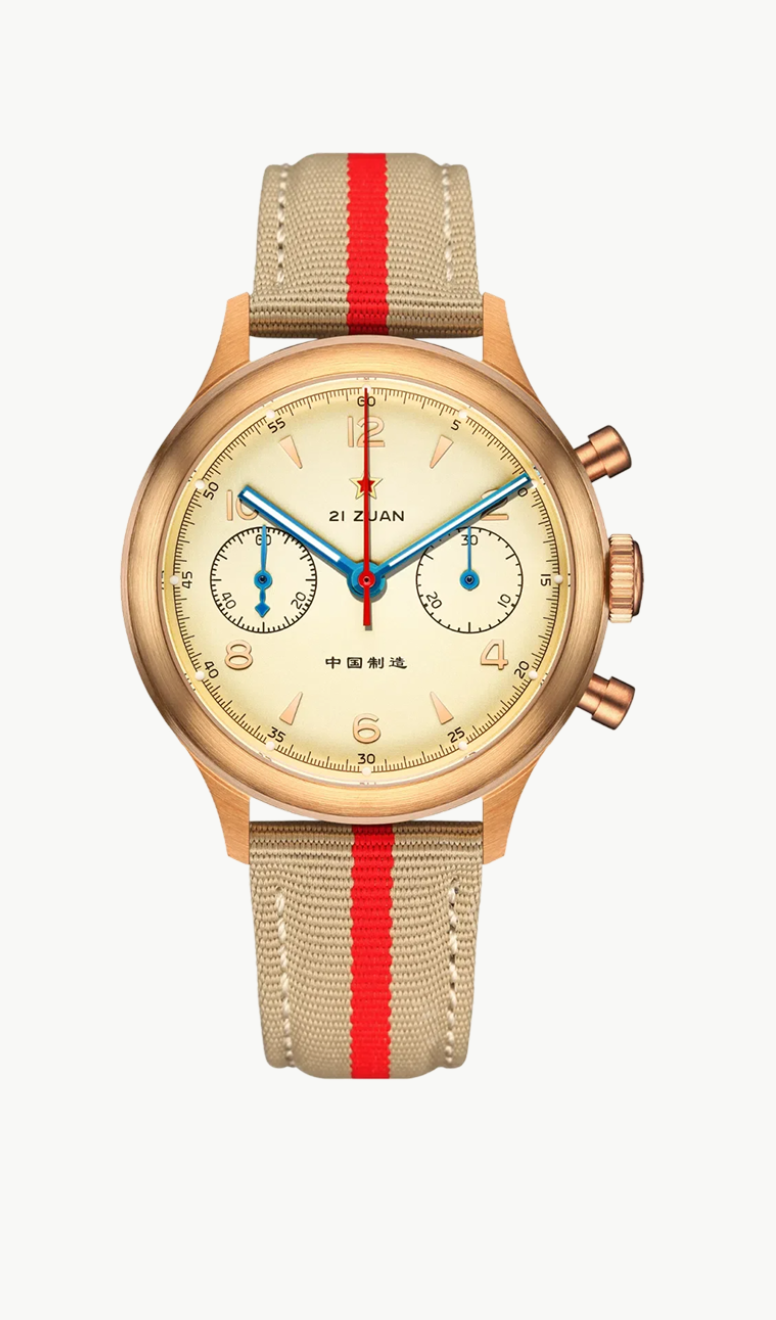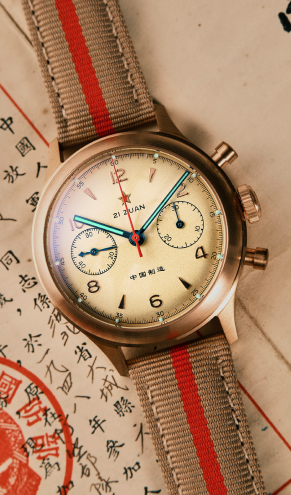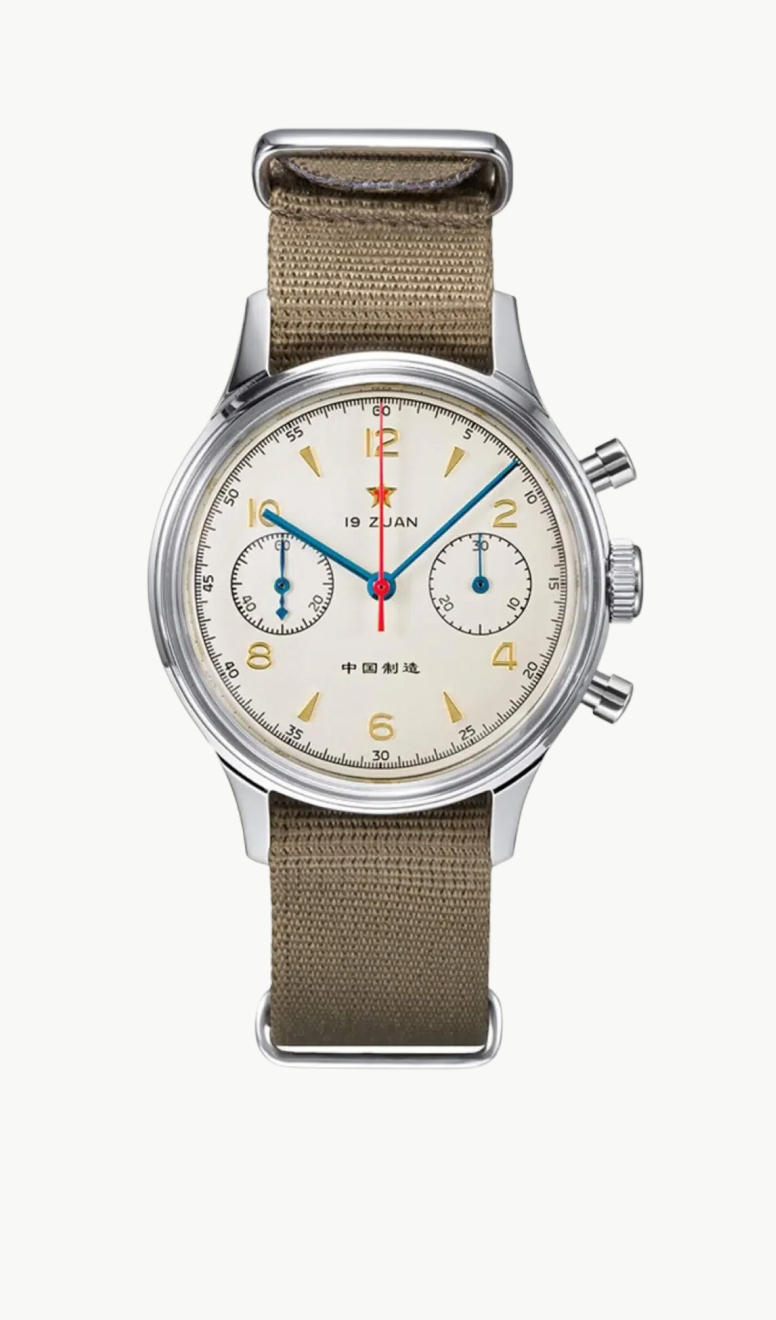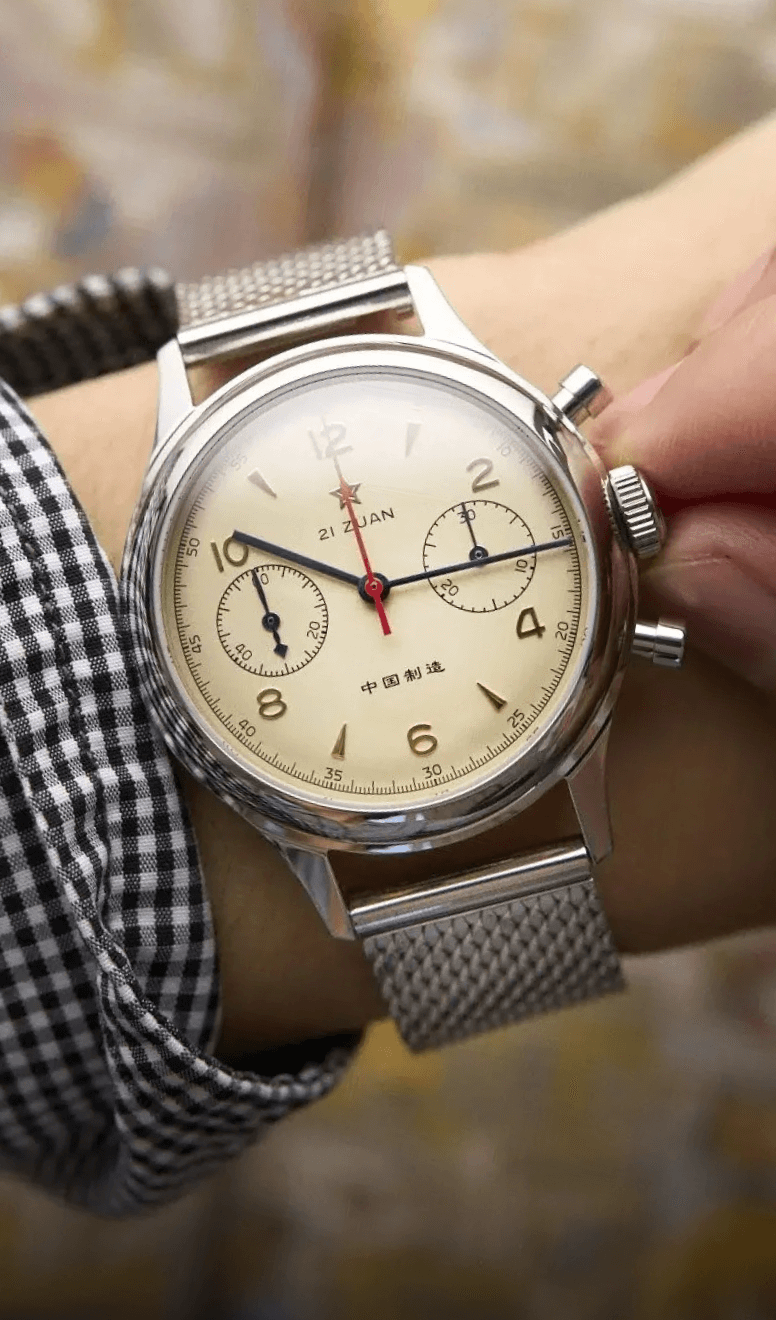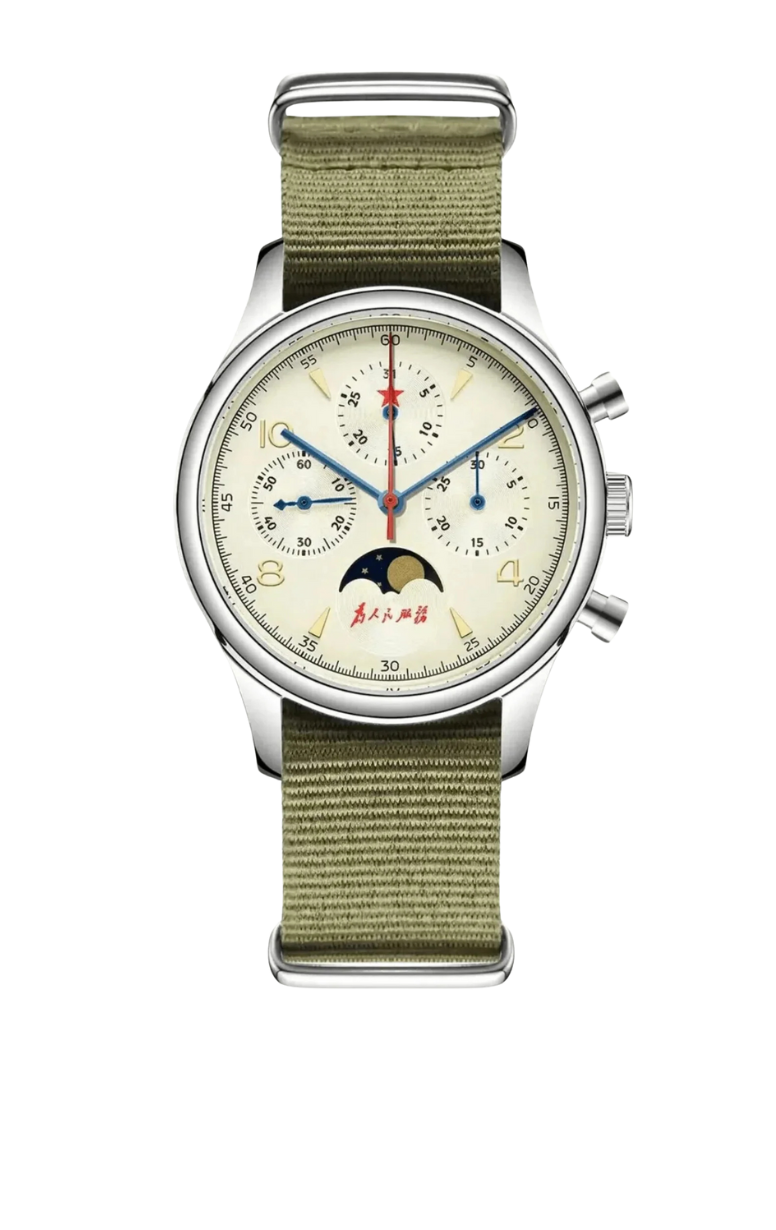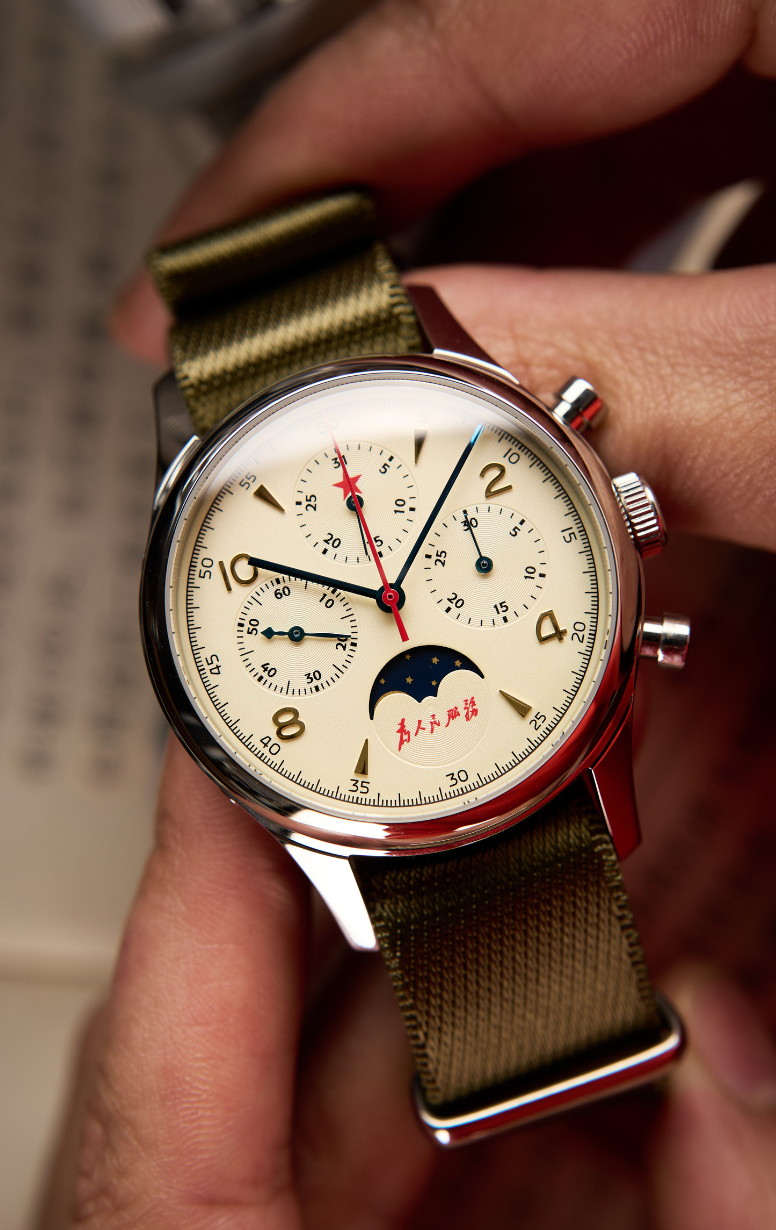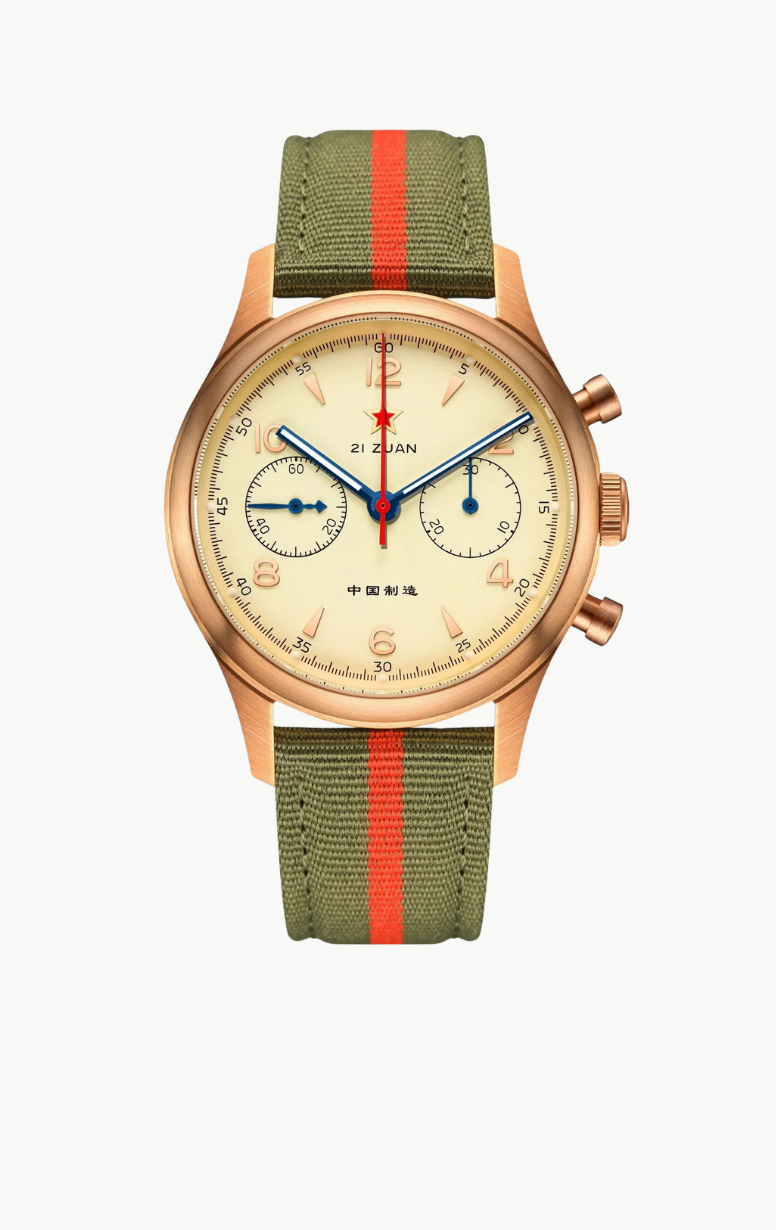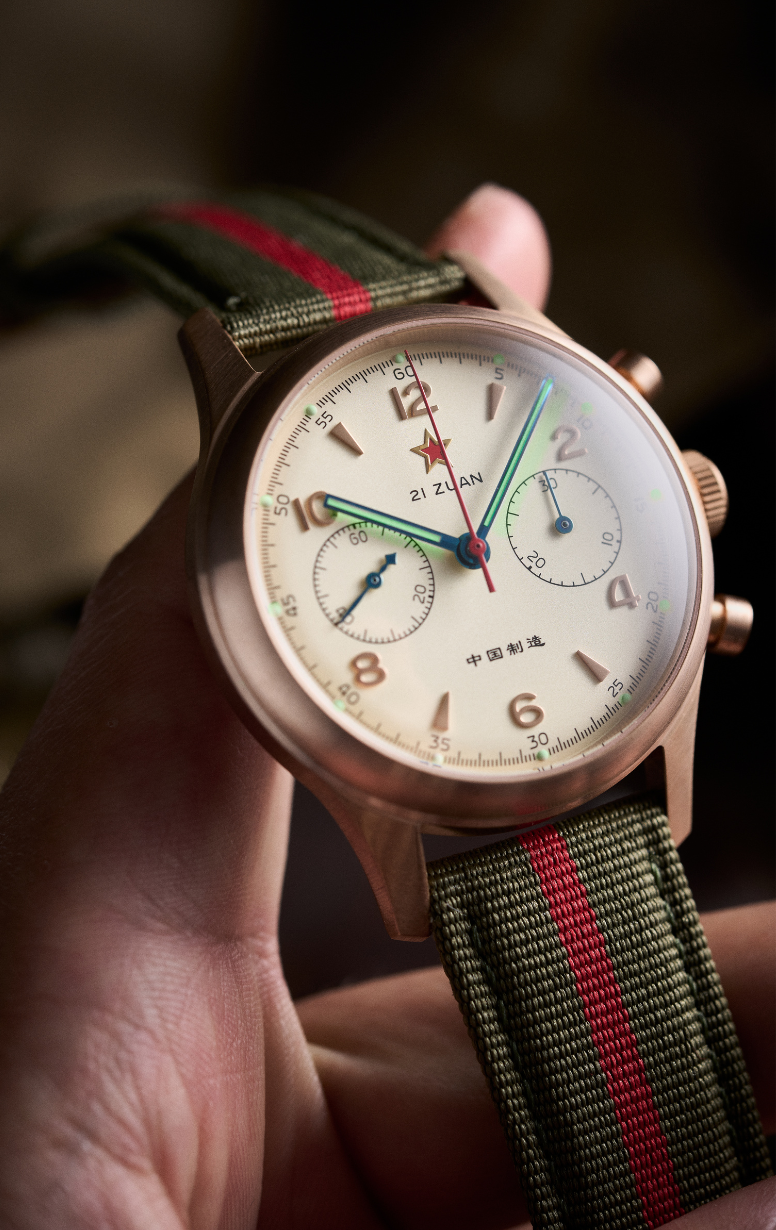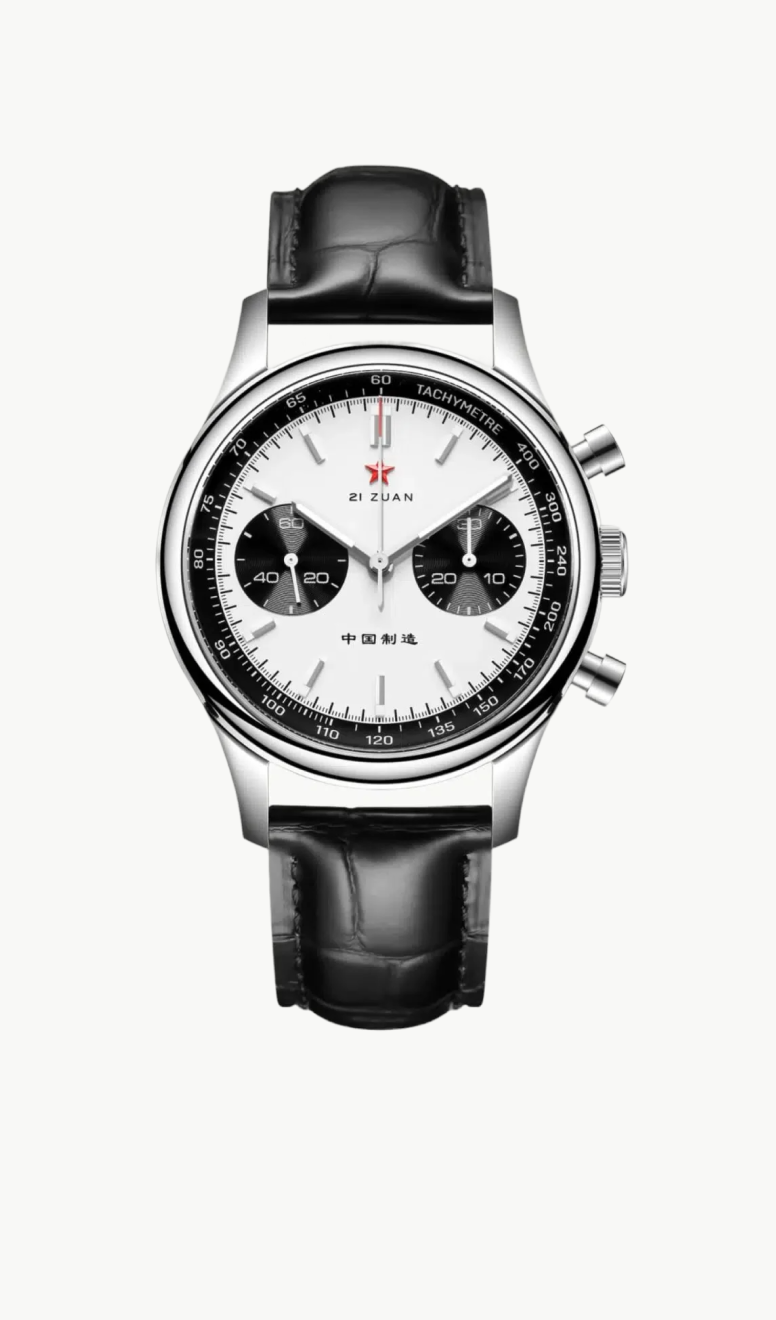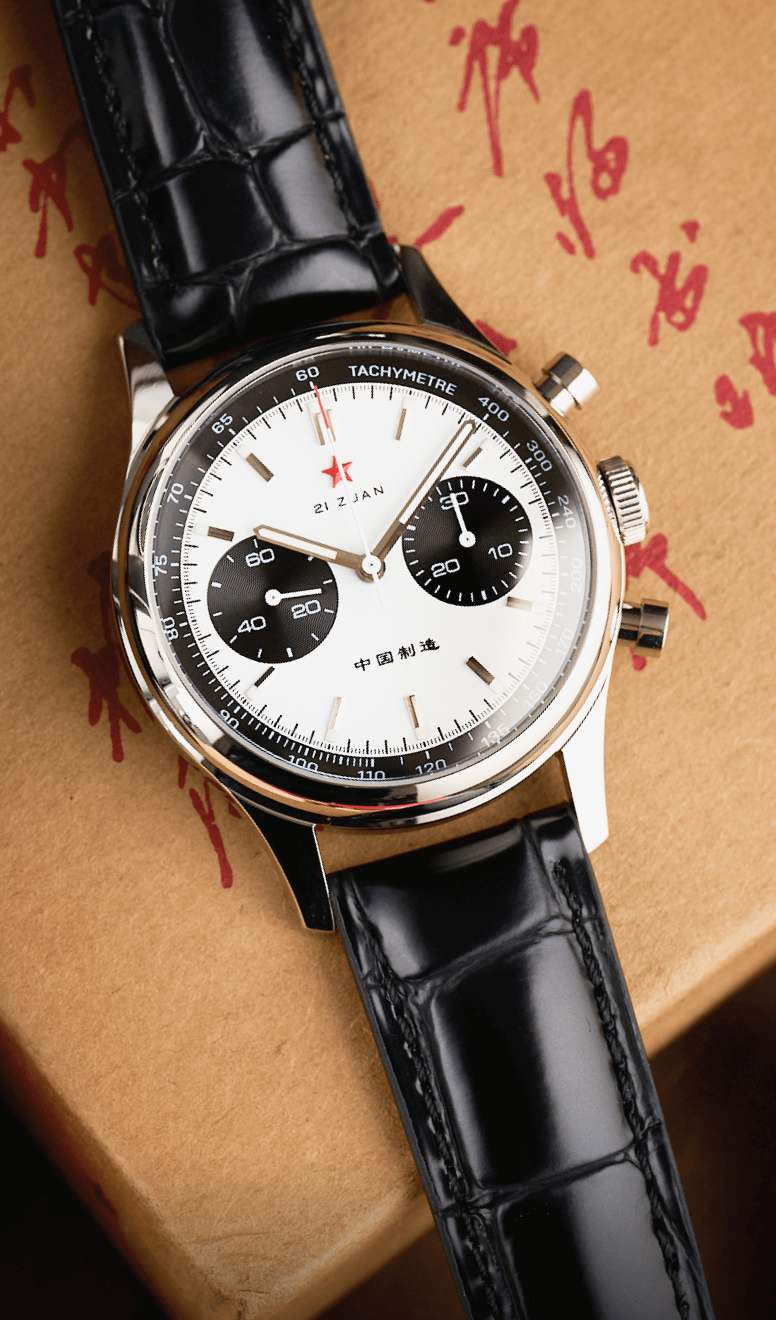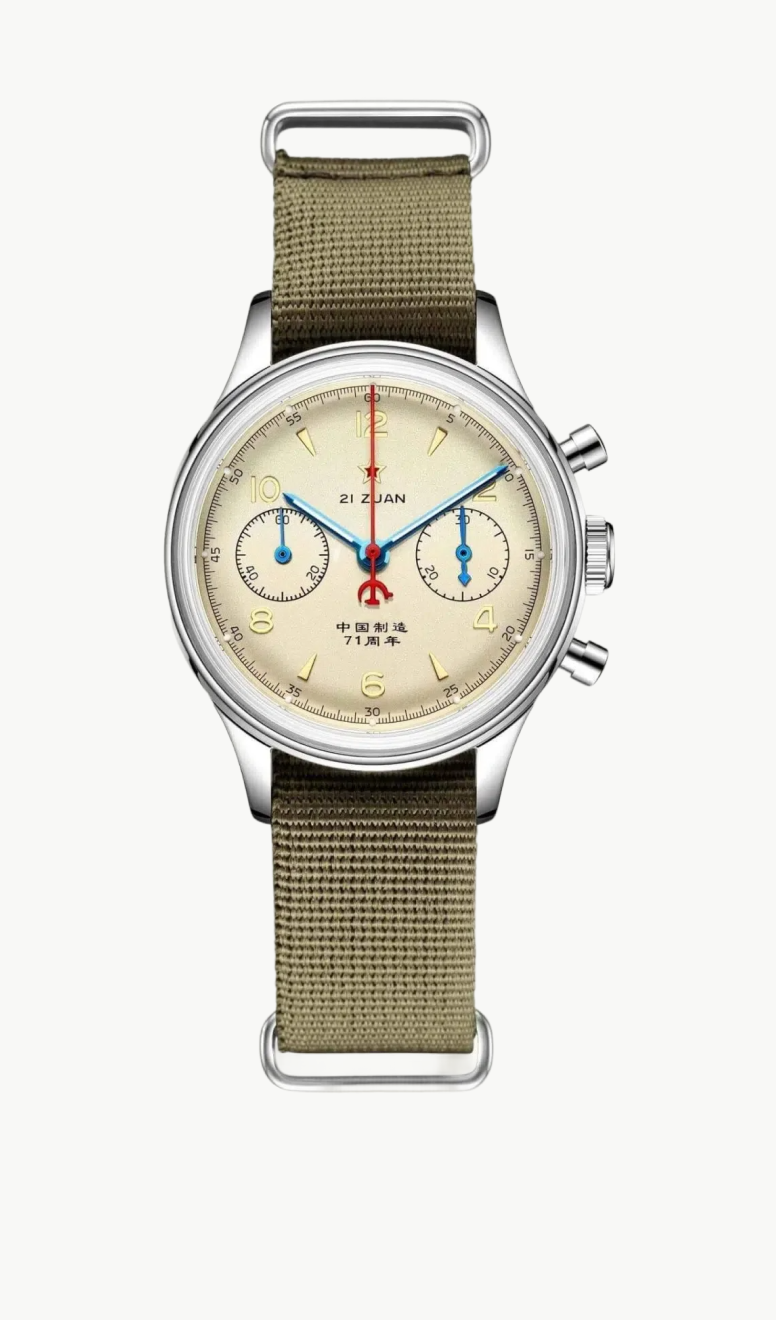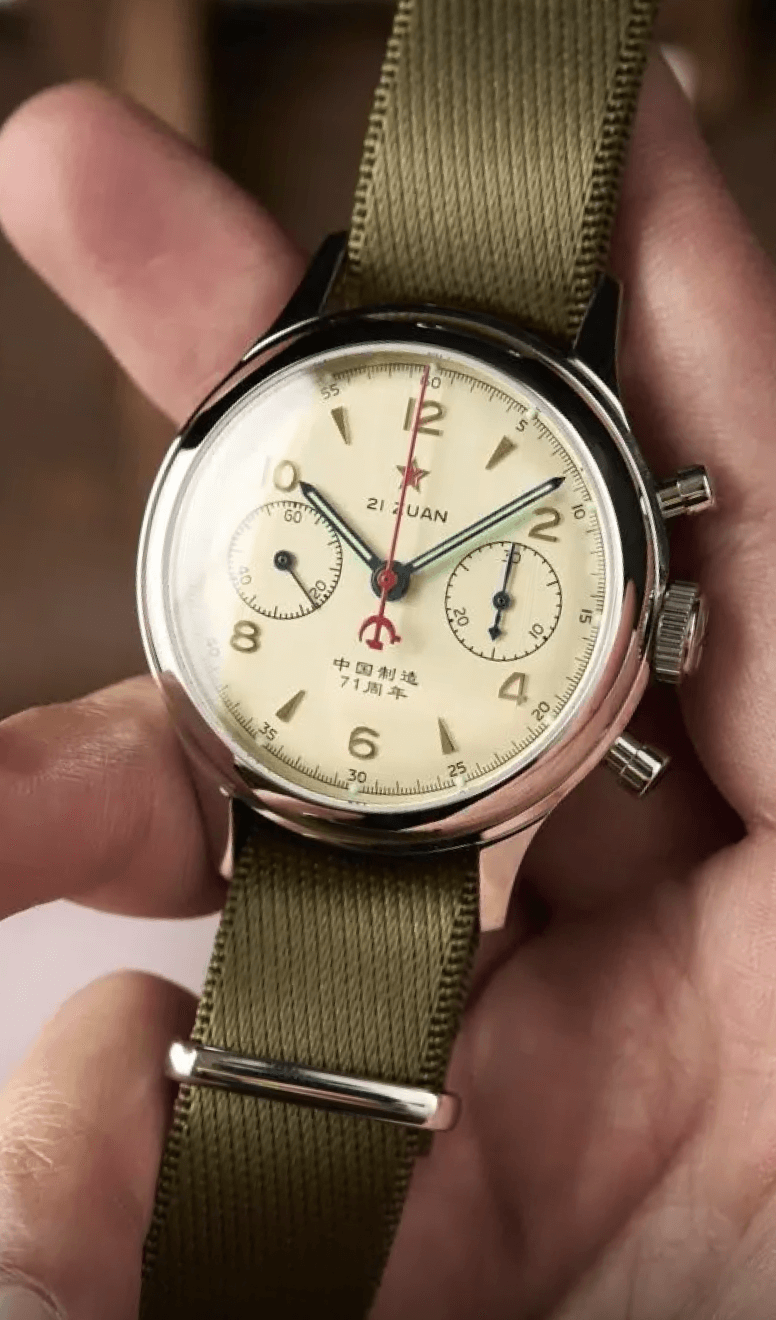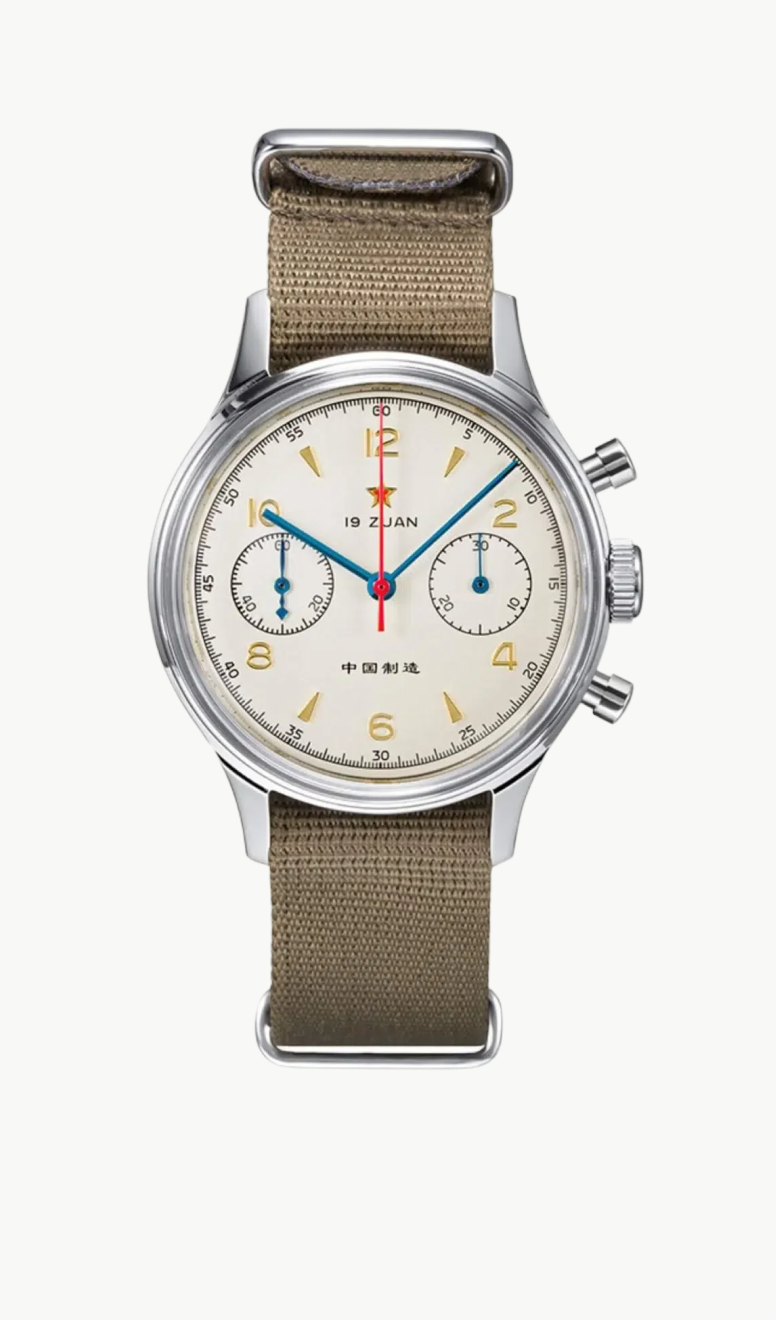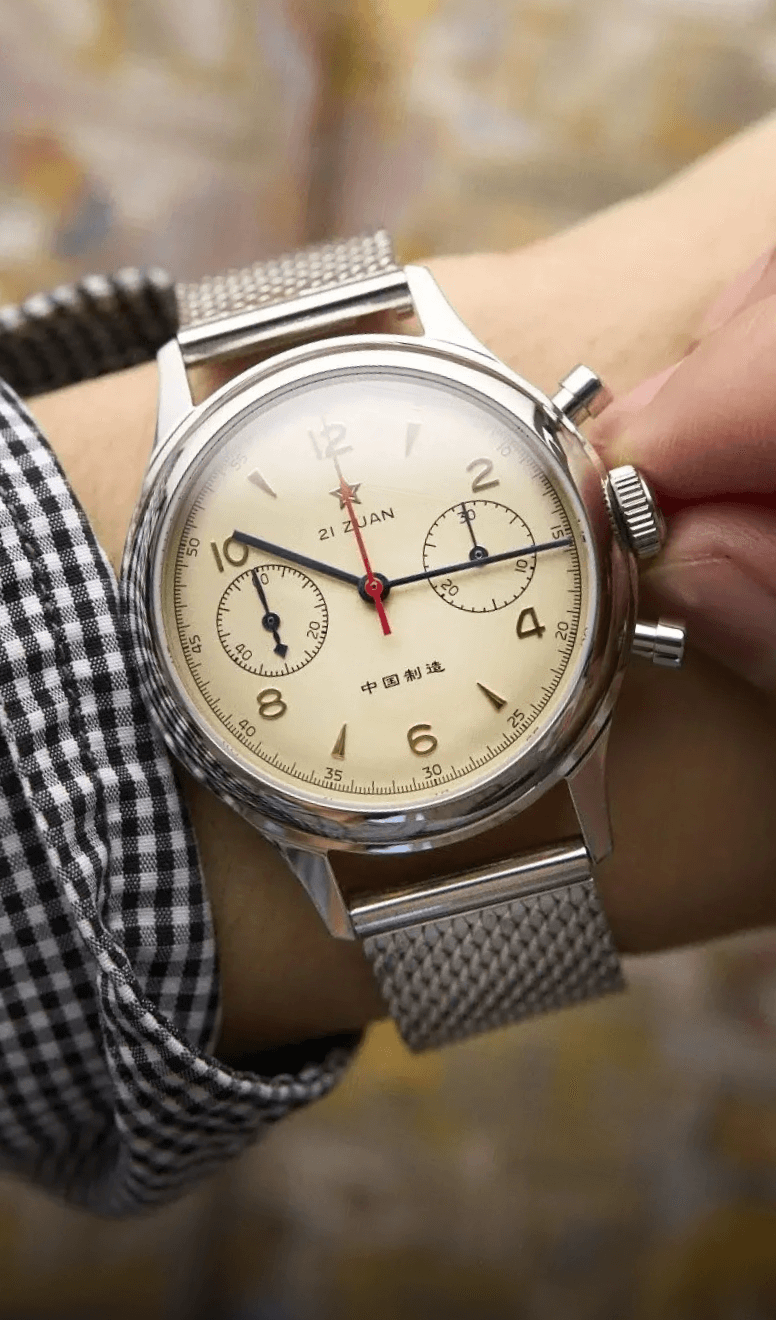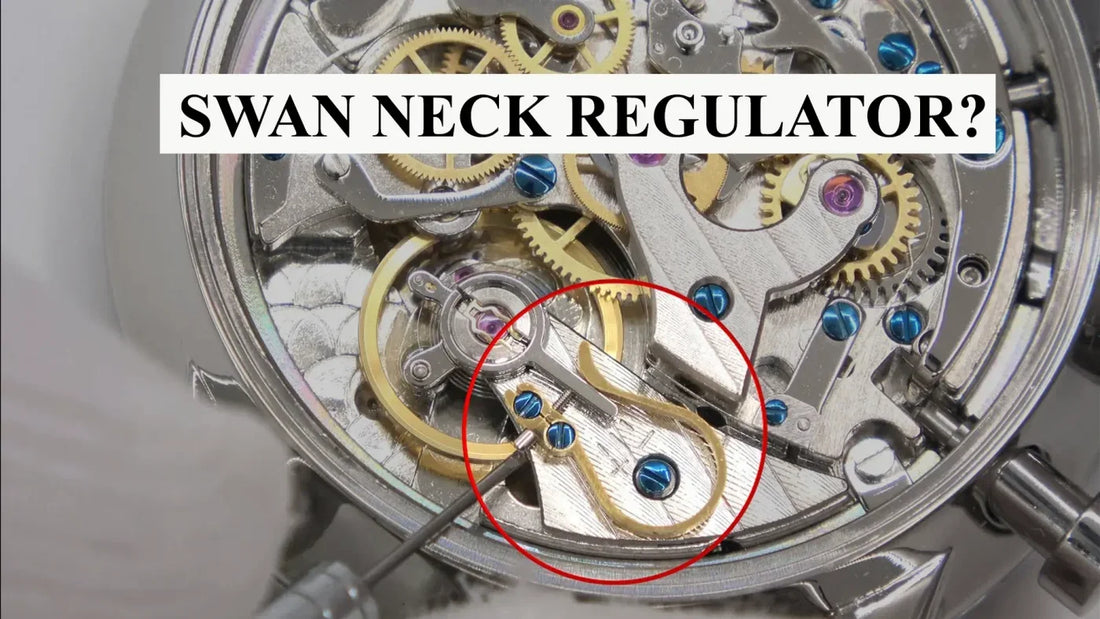The Swan-Neck Regulator sure sounds like a fancy name, but what is it and is it actually essential? Nowadays, lots of high-end watches are equipped with a Swan Neck Regulator, and that includes some versions of the classy Seagull 1963 watches as well. The Seagull 1963 watches have captured the hearts of watch collectors all over the world due to their exquisite design and historic affiliation. They started their journey on the wrists of Chinese Airforce Pilots and have now become quite valuable timepieces for a lot of collectors.
So, why do some versions of the seagull 1963 hand-winding chronographs have a ‘Swan neck regulator and some don’t? Before we dive into it, let’s first take a glimpse at the basic regulator in watches and their purpose.
What is the Basic Regulator in Watches and what is its Purpose?
The balance wheel is the focal part of a watch with a primary role in the timekeeping function. Just like the simple harmonic motion of a pendulum attached to a standing clock, the balance wheel is a small wheel moving back and forth at regular intervals in wristwatches. These intervals represent the beat rate of a watch. A regulator is an additional device deployed in watches for the maintenance of timekeeping, this is done by controlling what is called ‘beat rate’. In case of an error in the beat rate, this regulator can be adjusted on the basis of engravings under the regulator pins. The engravings can be letters (FSAR) or (+-) in the case of seagull 1963. These engravings indicate the position of a regulator through a scale. The position calculates how fast or slow you want the beat rate to be. The beat rate affects the movement of its dials.
What is the Swan Neck Regulator?
In 1867, a new regulator was patented by George Reed who was an American watchmaker. This regulator based on the shape of a Swan’s Neck naturally called the ‘Swan Neck regulator’ served two main purposes: fine-tuning of the regulation and ensuring that once the beat rate has been fixed, the regulator should stay in its place. Previously, making fine adjustments in regulators was not possible. Screws were introduced as additional devices for that purpose but a small change in the regulator impacted the beat rate significantly. For minuscule adjustment, a swan neck-shaped spring was added that controlled the extended stud that rested on the balance spring. This allows alteration with greater precision. Otherwise called Reed’s whiplash regulator, where whiplash also resembled the spring shape but it famously came to be known as the swan neck regulator because of its vague resemblance to the shape of an actual swan’s neck.
How does the Swan Neck Regulator Work?
Before getting into the working of a Swan Neck regulator, it is imperative that one understands The Bosley Regulator first. The design proposed by Bosley in 1755 served as the foundation of future regulators. A lever rests on the balancing cock through two curb pins. By controlling the lever, one can adjust the length of the balancing spring which makes the watch go faster or slower. Building on this regulator, a swan neck regulator, as previously indicated, introduces a swan neck-shaped spring. The adjustment lever, like that in the Bosley regulator, mounted on the balance’s cock, has an extension in the shape of a stud. One end of the swan neck presses on the stud extending from the lever while on the other end a screw presses on the extension through a fastener attached to the spring that is tapped through a brass piece. Between the two ends of the spring, there is an engraving of (+) and (-). As the extended stud also called a post moves from minus to plus or vice versa, the watch’s movement becomes slower or faster. The swan neck acts like a spring that pushes against the extended stud.
As one turns the screw pressing on the stud, clockwise, the stud pushes on the swan neck spring this increases the length of the spring, longer the spring, slower the balance wheel’s motion, consequently it slows down that movement. Similarly, turning it counterclockwise makes the swan’s neck press on the stud and it moves towards the positive engraving that decreases the length of the balance spring, this makes the harmonic motion of the balance wheel faster. The screw used in Seagull 1963 has approximately 80-100 threads per inch, so one full turn of the screw only introduces small increments in the beat rate. Hence, it becomes possible to achieve small changes through larger adjustments in the mechanical motion of the screw.
The Swan Neck has become an antique regulator mostly used in timepieces of the nineteenth and twentieth century. Apart from its finetuning function, it is mostly the aesthetics of the swan neck that attracts human appreciation. It is now included as an additional feature of expensive watches as it is quite a spectacle and a feast for the eyes of connoisseurs.
That’s all about the Swan Neck Regulator. For the Seagull 1963 chronograph watches, there are both options with and without a Swan Neck Regulator available. It’s a personal opinion if you find it worth it to upgrade to a movement that has one and we hoped this short article guided you into making that choice easier for you.
Curious which Seagull 1963 watches we have available? Feel free to check out the full collection here.
